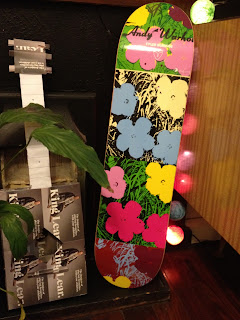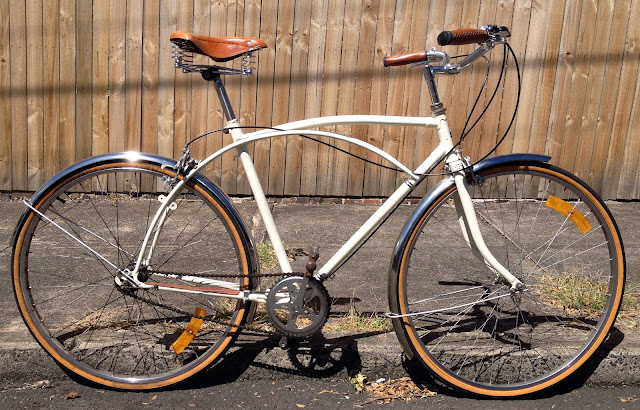 Superior is a superhero comic. It tells the story of Simon, a 12-year-old boy with cerebral palsy, who is visited in the night by a monkey in a space suit. The monkey's name is Ormon. Ormon grants a magic wish, and Simon is transformed into Superior, a superhero from the comics and movies of Simon's world. Superior is an analogue for Superman - he flies, has lazer and x-ray vision, superhuman strength, lantern-jawed good looks and impeccable moral fortitude. Simon brings Superior's superpowers out of the realm of fiction and into the reality of his world, but of course there is a catch to that magic wish. I won't go any further with the plot synopsis for fear of spoilers.
Superior is a superhero comic. It tells the story of Simon, a 12-year-old boy with cerebral palsy, who is visited in the night by a monkey in a space suit. The monkey's name is Ormon. Ormon grants a magic wish, and Simon is transformed into Superior, a superhero from the comics and movies of Simon's world. Superior is an analogue for Superman - he flies, has lazer and x-ray vision, superhuman strength, lantern-jawed good looks and impeccable moral fortitude. Simon brings Superior's superpowers out of the realm of fiction and into the reality of his world, but of course there is a catch to that magic wish. I won't go any further with the plot synopsis for fear of spoilers. 
This comic will not be on the Booker shortlist. It will not be reviewed by Zadie Smith in The Guardian. It is not a graphic novel. It is a comic; more, it's a superhero comic, but it's no less valid a work of art. It is the culmination of an art-form that's been ongoing since Superman was created in 1938, and includes all the tropes we expect from this genre - the genesis story and the explosion of the new hero into the public sphere with the hot newshound on his heels, the hidden identity and confidant, the question of personal sacrifice for the greater good, the climactic battle among shattered inner-city office towers -all these are here, but Millar uses this grammar to tell a fresh story full of pathos, with themes of the nature of evil and faith, friendship and suffering. It is also fun.
I try to read everything by Mark Millar. Kick Ass 2 is being released as a comic book series at the moment (the next issue will be the finale), and it is funny as hell. Red Mist now calls himself The Motherfucker and is backed up by a supervillain team called The Toxic Mega-Cunts. And it's serious. Both Kick Ass and Superior ask questions about superheroism itself. Superheroism is perhaps a silly, preposterous idea, but it seems to resonate so strongly. Whay do we want superheroes? Why do we want to be superheroes? Why is the world divided into people who would choose invisibility and people who would choose the power of flight? What is up with those people who want to be invisible? What the hell? Flying is obviously more awesome.
Millar's plotting and writing is consistently enthralling. He has a freewheeling style that feels improvised and off-the-cuff - every plot turn feels like you're stepping onto an untrodden path. It's exciting, there's something ramshackle about it, which makes it feel all the more satisfying when he pulls everything back into sweet resolution.
Leinil Yu's art is brilliant as well. He's a Filipino fellow, so the comic is a Filo-Scot mashup, a bit like my marriage. And he's also outstanding at drawing tits, which does not hurt at all.
Superior is a miniseries and it is now available collected in a hardcover edition.
Superior is a miniseries and it is now available collected in a hardcover edition.
 |
| Leinil Yu - Master of Norks |



























